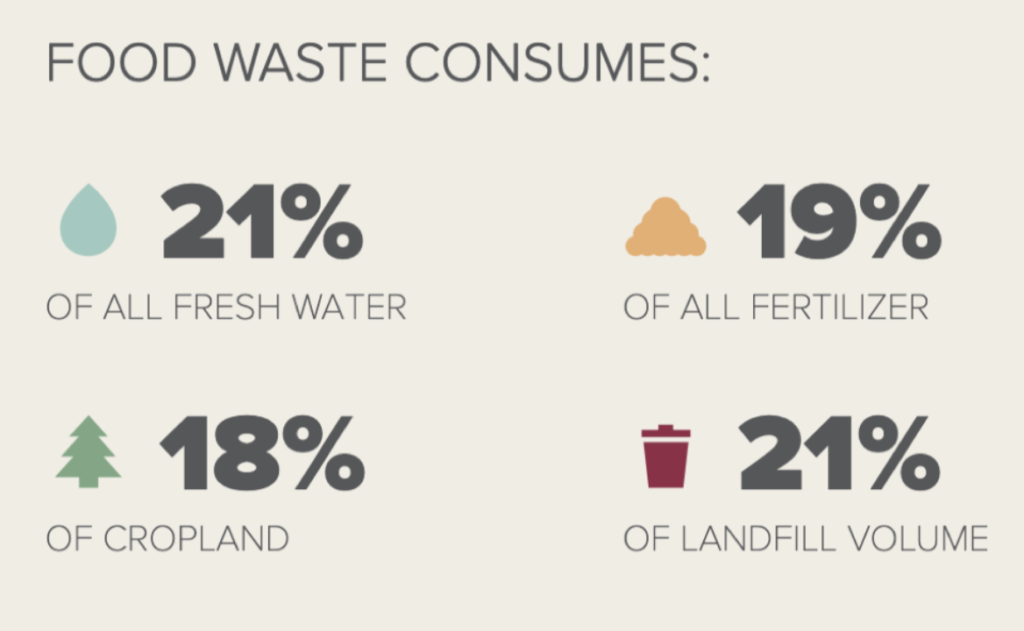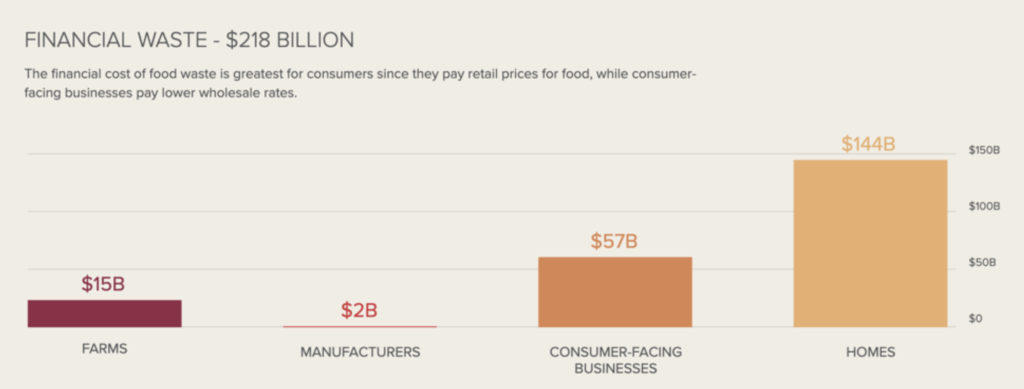Fighting Food and Plastic Waste With Fresh Ideas
It’s no secret that Americans are wasteful when it comes to food and materials like plastics that dangerously overwhelm our planet. Only about 25 percent of the plastic produced in the U.S. is recycled and a staggering 50 percent of all fruits and vegetables are thrown away, accounting for the largest segment clogging American landfills, according to the Environmental Protection Agency. The battle is on for consumers to shop smarter and keep food fresher longer while also minimizing the environmental hazards caused by goods shipped in plastic packaging.

Eco-Friendly Products That Are Chemical and Plastic Free
Even with recycling, avoiding plastics altogether is the global goal as plastic material takes up to 1,000 years to decompose. At the same time, many dangerous chemicals used in products like cosmetics wash into land-based ecosystems and bodies of water harming wildlife and fish. To help the environment, consumers are encouraged to find all-natural products without harsh chemicals or toxins that are packaged responsibly in plastic-free containers.
DIY Product Production at Home
Creating products at home using natural ingredients is a sure-fire way to avoid unnecessary plastic packaging and eco-unfriendly chemicals. Try brushing your teeth with a concoction of calcium powder, baking soda, coconut oil and a dash of mint extract for a refreshing, environmentally sound take on oral hygiene. On the food front, starting your own garden is a perfect way to not only control portions but also provide a purpose for discarded foods as nutritious compost soil to make those gardens grow.

Food for Thought in Fighting Waste
Changing the buying and storing practices of consumers can go a long way to fighting food waste. Consumers are encouraged to make practical shopping lists and buy only what they know can be consumed before expiration. When buying produce, freeze what can’t be eaten right away or use innovative products like the Food Freshness Card – technologically enhanced product placed under fruits, veggies and bread – that has been proven to extend the shelf life by up to 50 percent.
When it comes to food and plastic packaging waste, minimizing landfill levels can be accomplished with a concerted effort by consumers to shop smarter. In addition, finding fresh ways to maximize the life of purchased food or simply making your own food and other household products at home will prevent waste. What we master today in our environmental evolution will help conserve and preserve the planet for every generation to come.




